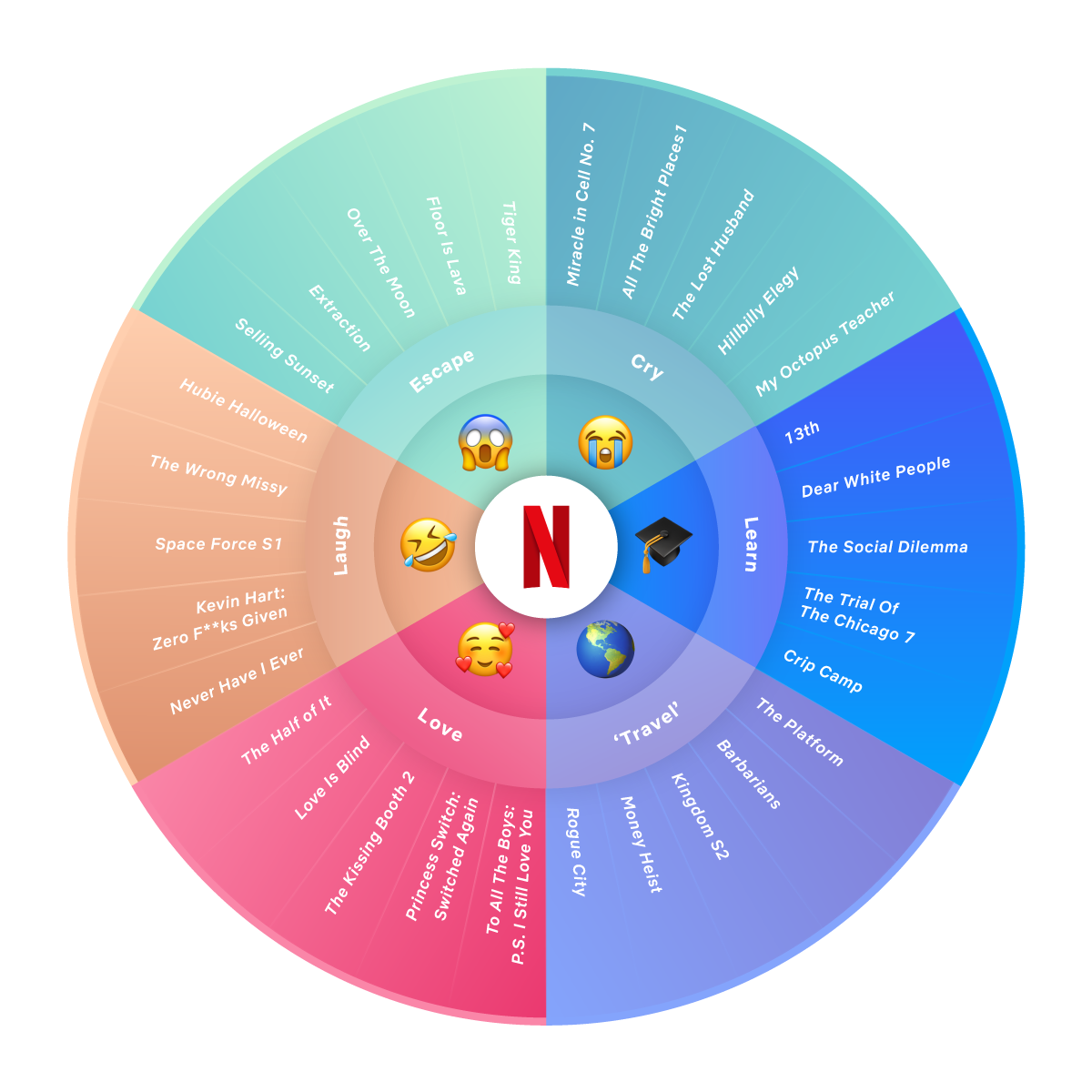Epic Games and Unreal Engine have announced MetaHuman Creator, coming later in 2021.
“MetaHuman Creator is a cloud-streamed app designed to take real-time digital human creation from weeks or months to less than an hour, without compromising on quality. It works by drawing from an ever-growing library of variants of human appearance and motion, and enabling you to create convincing new characters through intuitive workflows that let you sculpt and craft the result you want. As you make adjustments, MetaHuman Creator blends between actual examples in the library in a plausible, data-constrained way. You can choose a starting point by selecting a number of preset faces to contribute to your human from the diverse range in the database.”
Right now, you can start with 18 different bodies and 30 hair styles.
“When you’re happy with your human, you can download the asset via Quixel Bridge, fully rigged and ready for animation and motion capture in Unreal Engine, and complete with LODs. You’ll also get the source data in the form of a Maya file, including meshes, skeleton, facial rig, animation controls, and materials.”
Got that? See documentation.
The takeaway is that your digital humans can live in your Unreal Engine environment. Is this the future of movies?
My take: This reminds me of my experiments in machinima ten years ago. I used a video game called The Movies that had a character generator (that would sync mouth movements with pre-recorded audio,) environments and scenes to record shots I would then assemble into movies. See Cowboys and Aliens (The Harper Version) for one example. You know, in these COVID times, I wonder if Unreal Engine’s ability to mash together video games and VFX will become a safer way to create entertainment that does not require scores of people to film together in the same studio at the same time.






